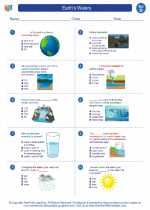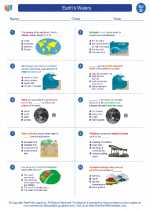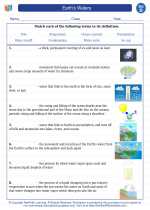Atomic Mass
Atomic mass is the total mass of an atom, which is mainly determined by the number of protons and neutrons in the atom's nucleus. It is an important concept in chemistry and is typically measured in atomic mass units (amu).
Understanding Atomic Mass
Atoms are made up of protons, neutrons, and electrons. The protons and neutrons are located in the nucleus of the atom, while the electrons orbit around the nucleus. The atomic mass of an atom is determined by the sum of the masses of its protons and neutrons.
Calculating Atomic Mass
To calculate the atomic mass of an atom, you need to know the number of protons and neutrons it contains. The atomic mass is usually expressed in atomic mass units (amu). One atomic mass unit is defined as 1/12th the mass of a carbon-12 atom.
Atomic Mass Formula
The formula to calculate atomic mass is:
center;">Atomic Mass = (Number of protons) + (Number of neutrons)
Example
If an atom has 6 protons and 6 neutrons, the atomic mass would be:
center;">Atomic Mass = 6 + 6 = 12 amu
Isotopes and Atomic Mass
It's important to note that some elements have multiple isotopes, which means they have the same number of protons but a different number of neutrons. This can result in different atomic masses for the same element. For example, carbon-12 and carbon-14 are isotopes of carbon, with atomic masses of 12 amu and 14 amu, respectively.
Study Guide for Atomic Mass
- What is atomic mass?
- How is atomic mass calculated?
- What is the formula for calculating atomic mass?
- What is an isotope and how does it affect atomic mass?
- Give an example of isotopes and their atomic masses.
Understanding atomic mass is crucial for comprehending the behavior of elements and their interactions in chemical reactions. Mastering this concept will lay a solid foundation for further exploration in the field of chemistry.
.◂Science Worksheets and Study Guides Fourth Grade. Earth's Waters

 Worksheet/Answer key
Worksheet/Answer key
 Worksheet/Answer key
Worksheet/Answer key
 Worksheet/Answer key
Worksheet/Answer key
 Vocabulary/Answer key
Vocabulary/Answer key
 Vocabulary/Answer key
Vocabulary/Answer key
